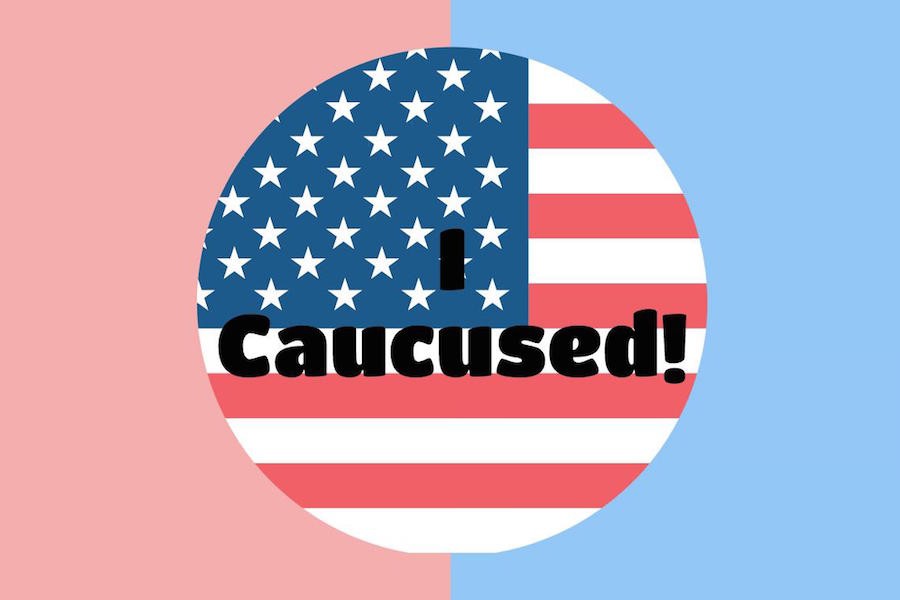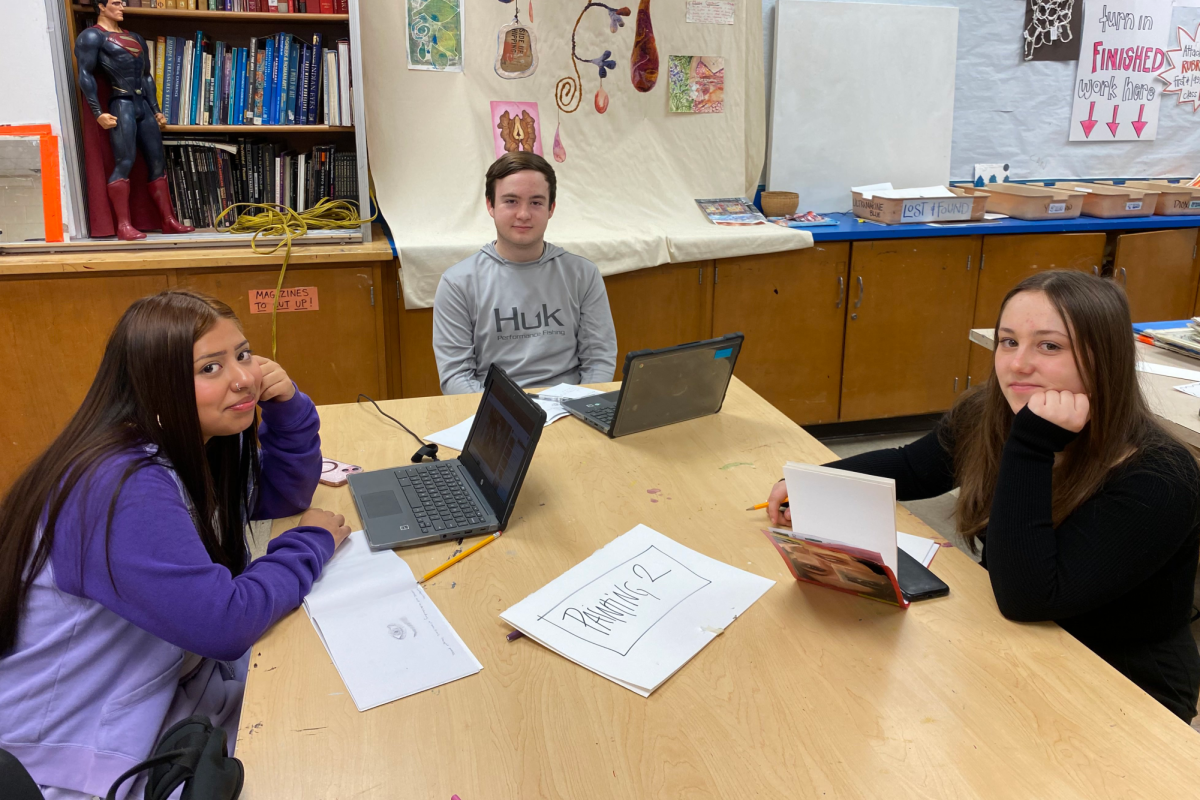Young voters turn out to learn how to caucus
Senior Kendra Roedl led a caucus training that attracted more than 20 students on Tuesday, February 22nd. These students and others will attend the Minnesota caucuses on Tuesday, March 1st to decide the Presidential nominee for their party. Roedl held the training to increase youth political engagement. “I just want to make the voting process as easy as possible,” she said.
February 29, 2016
About 20 students gathered for a caucus training led by senior Kendra Roedl on Tuesday, February 22nd. The students learned how to caucus and where so that they could advocate for the Presidential nominee of their choice on March 1st. Some attendees even used the time to register to vote.
What is a caucus exactly? “In general, it chooses who the candidate will be that will represent a party in the Presidential election,” Roedl said. Some states have primaries for Presidential nominees, but others, including Minnesota, hold a caucus instead. This year’s caucuses will also determine some local positions, including representatives in the Minnesota House.
Contrary to popular belief, Minnesotans do not need to be registered to vote or 18-years-old to caucus. However, caucus-goers must be 18 by election day (November 8th, 2016).
Roedl decided to hold the training to encourage young people to engage in politics. “There’s a lot of young people who also have a preference for a candidate,” she stated, emphasizing that in order for that to be an option, young people must participate in the caucus. “[Young people] are an underrepresented community. If you look at voter turnout, it’s fewer young people vote than old people,” Roedl continued.
Minnesotans can only attend one caucus, and they differ for each party. Republican caucuses end with a secret straw-poll vote. Democratic caucuses are more discussion-based and ballots are public. Delegates are chosen at each caucus to represent their party at several conventions, ending at the national level. The candidate with the most delegates wins the nomination.
Senior Maya O’Loughlin attended the training to get more information about the caucus process and to register to vote. “[Registering to vote] is very easy. It’s not a scary thing,” O’Loughlin explained. She said it took less than 5 minutes.
O’Loughlin plans to caucus for Bernie Sanders for his free public college plan and experience in government. “I’ve also heard that he has a really good way of compromising with people that oppose him without losing his own morals,” O’Loughlin described.
O’Loughlin and Roedl agree that youth political engagement is important. “People that are really passionate and active, I think that’s a really important thing to learn as a young person,” O’Loughlin said.
All caucuses begin at 7pm tomorrow (Tuesday, March 1st). More information about the caucus process will be described at your local caucus. Find your caucus location by clicking here.





